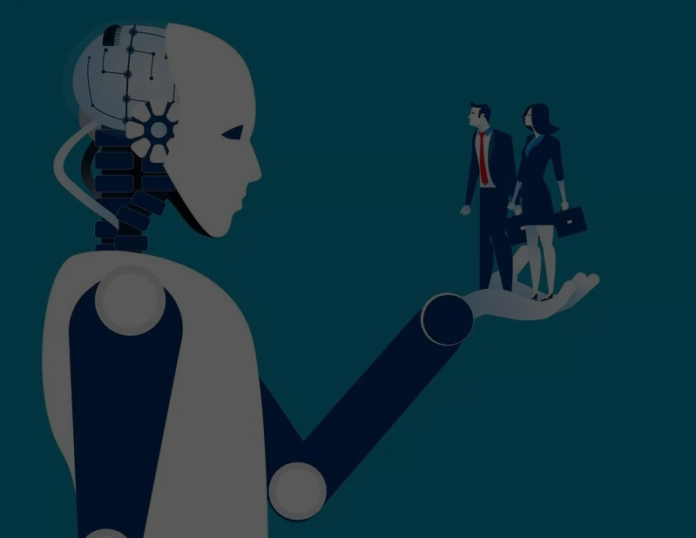We are witnessing the beginning of what will replace labour and offer new employment prospects, similar to all previous technology advances.
The rapid advancement of AI over the past several months has shocked people all across the world. While some people are overjoyed by the potential of this cutting-edge technology, others are raising the alarm and urging greater caution and restraint.
In the middle of this, a report forecasts that while the technology would boost the global GDP by 7%, it will affect around 300 million employment across major nations. The report’s predictions are based on an analysis of US and European data. But the report only covers half of the story when it comes to India.
What is said in the report?
The report’s main objective is to estimate the share of all work across all industries and vocations that is susceptible to automation by AI. Data from the O*NET database, which offers in-depth details on the task content of more than 900 occupations in the United States and more than 2,000 occupations in the European ESCO database, is used to measure this.
The findings indicated that almost two-thirds of existing occupations might be partially automated by AI, with administrative (46%) and legal (44%) professions seeing the highest exposures and physically demanding professions seeing the lowest. These vocations, including construction (6%) and maintenance (4%), will be less automated by AI. This is because the report makes the assumption that considerable improvements in the integration of AI and robots are necessary in order to automate physical labor, which won’t happen anytime soon.
The report makes an intriguing observation by extending the US and European estimations globally. According to the paper, “our estimates” “intuitively suggest that fewer jobs in emerging markets (EMs) are exposed to automation than in developed markets, but that 18% of work globally could be automated by AI on an annual basis.”
India has been least affected by AI?
It is interesting to notice that India apparently ranks last among all the countries taken into account (with little over 10% of full-time equivalent employment exposed to automation by AI). Given how seriously Indian businesses are treating the development of AI, this is startling. Furthermore, the paper doesn’t reveal anything about the assumptions that underlie the conclusion.
Considering India’s workforce demographics is one approach to understand these figures. The paper makes the assumption that AI won’t have an impact on the agriculture industry in developing nations like India, where it employs over 45.6% of the labour force.
However, if we were to focus solely on the trend in the workforce distribution, Statista’s study reveals that involvement in the manufacturing and service sectors is only increasing year over year. And in these industries, the situation is not as dire as the data from Goldman Sachs suggests. In fact, according to a recent Stanford AI analysis, India has the greatest relative AI skill penetration rate out of all the nations.





